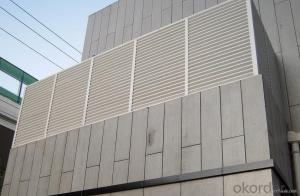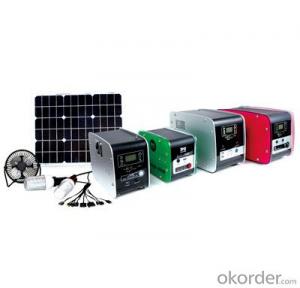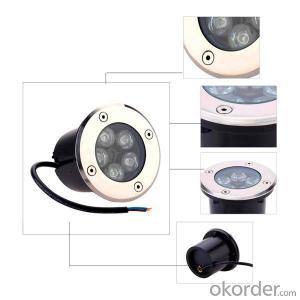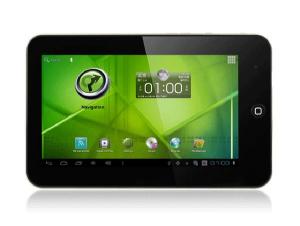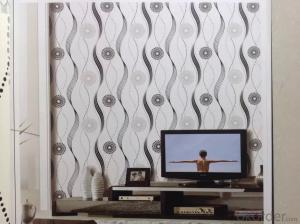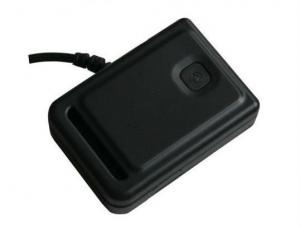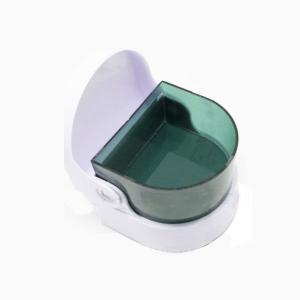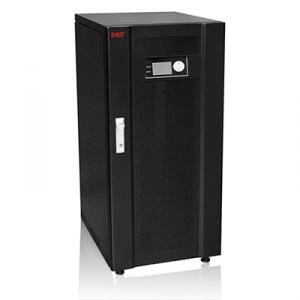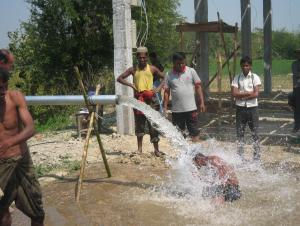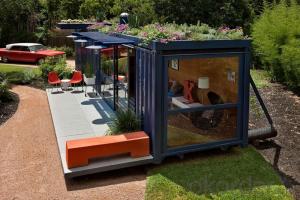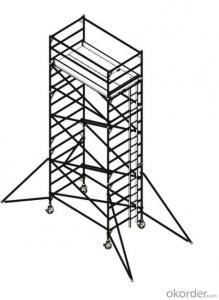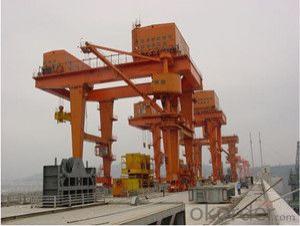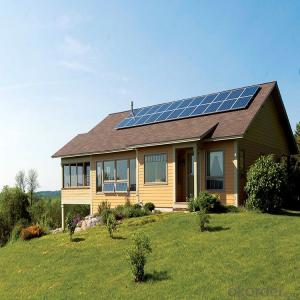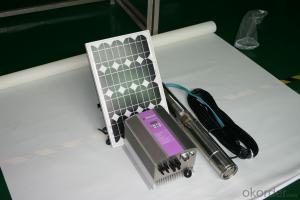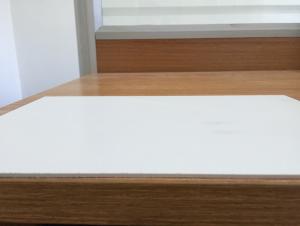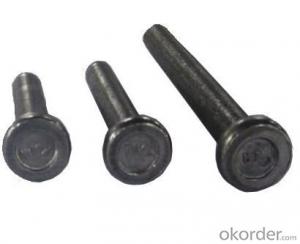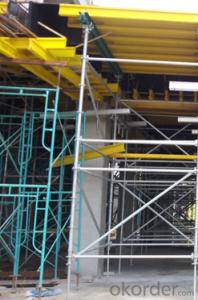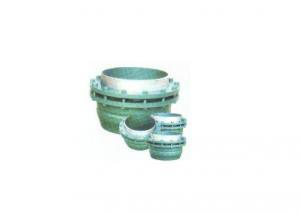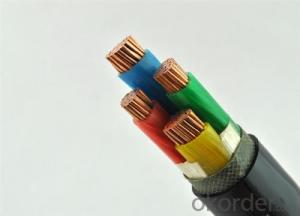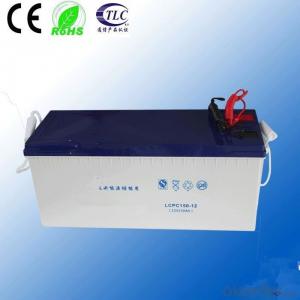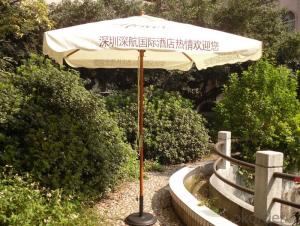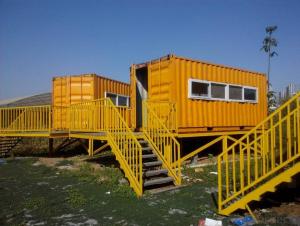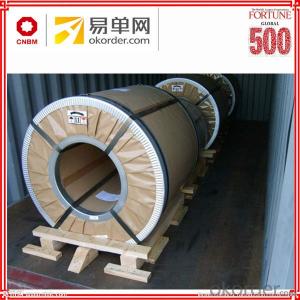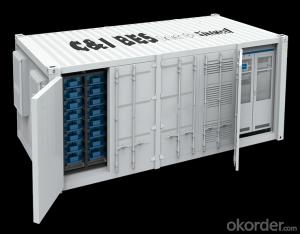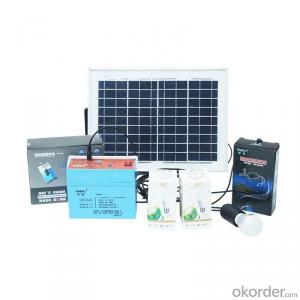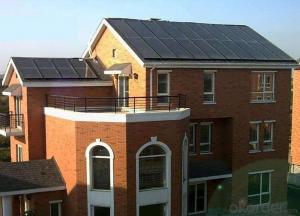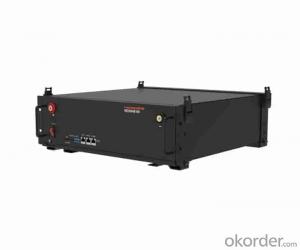Power Systems Free Shipping
Power Systems Free Shipping Related Searches
Solar Power Inverter System Best Solar Inverter Generator Solar Power Inverter Portable Inverter Solar Generator Solar Generator Inverter Best Shipping Tape Power Systems Free Shipping Handheld Power Generator Portable Generator EnclosureHot Searches
Steel Mesh Panels For Sale Stainless Steel Tank For Sale Stainless Steel Sheets For Sale Cheap High Tea Sets For Sale Stainless Steel Tanks For Sale Stainless Steel For Sale High Density Fiberboard For Sale Solar Hot Water Collectors For Sale Scaffolding For Sale In Uae Scaffolding For Sale In Ireland Scaffolding For Sale In Houston Price Of Shipping Containers For Sale Used Solar Inverter For Sale Portable Led Signs For Sale Stone Hot Water Bottles For Sale Aluminum Coil Stock For Sale Large Led Screens For Sale Aluminum Gutter Coil For Sale Used Aluminum Scaffolding For Sale 1/4 Aluminum Plate For SalePower Systems Free Shipping Supplier & Manufacturer from China
Okorder.com is a professional Power Systems Free Shipping supplier & manufacturer, offers integrated one-stop services including real-time quoting and online cargo tracking. We are funded by CNBM Group, a Fortune 500 enterprise and the largest Power Systems Free Shipping firm in China.Hot Products
FAQ
- Indeed, it is feasible to install a solar energy system in an area prone to frequent lightning strikes. Nevertheless, it is crucial to adopt adequate precautions and safety measures in order to mitigate any potential hazards. One viable option is to incorporate lightning protection systems that redirect the electrical charge away from the solar panels, inverters, and other equipment. Moreover, grounding systems and surge protectors can be utilized to offer supplementary protection. To ensure compliance with the requisite safety standards of the area, it is imperative to seek guidance from a qualified professional who can evaluate the specific risks and devise an appropriate system design.
- Yes, there are aesthetic considerations when installing a solar energy system. The design and appearance of the system should blend harmoniously with the existing architecture and landscape to ensure visual appeal. Additionally, the placement and orientation of solar panels should be carefully planned to minimize their visibility and maximize efficiency.
- Yes, solar energy systems can be used for heating and cooling purposes. Solar heating systems, such as solar thermal collectors, can capture and convert sunlight into heat energy that can be used for space heating and water heating. Additionally, solar-powered air conditioning systems, known as solar cooling, use solar thermal energy to drive cooling processes, providing cooling effects for buildings.
- Solar energy systems play a crucial role in the reduction of carbon emissions through various means. Firstly, solar energy, being a renewable and eco-friendly power source, helps tackle this issue. By utilizing solar panels that convert sunlight into electricity without emitting any greenhouse gases, solar energy eliminates the release of carbon dioxide and other harmful pollutants into the atmosphere, a stark contrast to traditional fossil fuel power plants. Secondly, solar energy has the potential to replace the usage of fossil fuels in multiple sectors. For instance, residential rooftops can be fitted with solar panels to generate electricity for homes, reducing the dependence on coal or natural gas for power generation. Similarly, solar farms can be established to produce large-scale solar power for commercial and industrial purposes. By substituting fossil fuels, solar energy systems contribute to the reduction of carbon emissions associated with electricity generation. Furthermore, solar energy can also be utilized for heating purposes. Solar thermal systems can capture the sun's heat and provide hot water for residential and commercial buildings. By incorporating solar thermal systems, the demand for gas or electricity to heat water diminishes, resulting in a decrease in carbon emissions during the water heating process. Moreover, the widespread adoption of solar energy systems can lead to an overall decrease in the demand for fossil fuels. As more households, businesses, and industries transition to solar power, the need for coal, oil, and natural gas diminishes. Consequently, this reduced demand for fossil fuels can drive down their production and consumption, resulting in a significant reduction in carbon emissions associated with their extraction, refining, and combustion. In conclusion, solar energy systems contribute to the reduction of carbon emissions by producing clean and renewable electricity, replacing fossil fuels, reducing the demand for traditional energy sources, and providing an alternative for heating purposes. By embracing solar power, we can make substantial progress in combating climate change and strive towards a sustainable future.
- Yes, a solar energy system can still be installed in an area with limited sunlight. While solar panels are most efficient in areas with ample sunlight, they can still generate electricity in areas with limited sunlight. Even on cloudy or overcast days, solar panels can capture and convert some sunlight into electricity. Additionally, advancements in solar technology have improved the efficiency of solar panels, allowing them to generate power even in low-light conditions. However, it is important to note that the overall energy output of a solar energy system will be lower in areas with limited sunlight compared to areas with abundant sunlight. It is advisable to conduct a feasibility study to determine the potential energy output and cost-effectiveness of installing a solar energy system in an area with limited sunlight. Factors such as the angle and orientation of the panels, shading from surrounding buildings or trees, and the local climate should also be considered when assessing the viability of installing a solar energy system in an area with limited sunlight.
- Solar energy systems can indeed be placed on roofs. In fact, rooftops are a popular choice for solar panel installations. One key benefit of installing solar panels on roofs is that they make use of existing space, eliminating the need for extra land. Moreover, rooftop solar installations offer the advantage of being unimpeded by shade caused by trees or buildings, maximizing sun exposure and electricity generation. Additionally, rooftop installations often prove cost-effective, as they reduce the requirement for long-distance transmission lines and directly supply power to the building. All in all, installing solar energy systems on roofs is a pragmatic and effective means of harnessing clean, renewable energy.
- Indeed, it is possible to install a solar energy system in an area abundant with birds. However, it is necessary to take certain precautions in order to minimize any potential risks or problems. Birds may be attracted to the solar panels and may perch on them or build nests. As a result, there is a possibility of bird droppings and debris accumulating on the panels, which can diminish their efficiency. To address these risks, there are several measures that can be taken. One option is to incorporate bird deterrents, such as spikes or netting, around the solar panels to dissuade birds from landing or nesting on them. It is important, though, to design these deterrents in a manner that does not block the sunlight required for the panels to produce electricity. Regular maintenance and cleaning of the solar panels can also contribute to their optimal performance. This entails removing any bird droppings, nests, or other debris that may accumulate over time. By keeping the panels clean, their efficiency can be maintained, and potential damage can be minimized. Furthermore, the selection of a suitable location for the solar energy system installation is essential. Placing the panels away from trees or structures that may entice birds to nest can help reduce the likelihood of bird-related issues. In summary, with proper planning, installation, and maintenance, it is feasible to successfully implement a solar energy system in an area teeming with birds while minimizing any potential negative impacts on its functionality.
